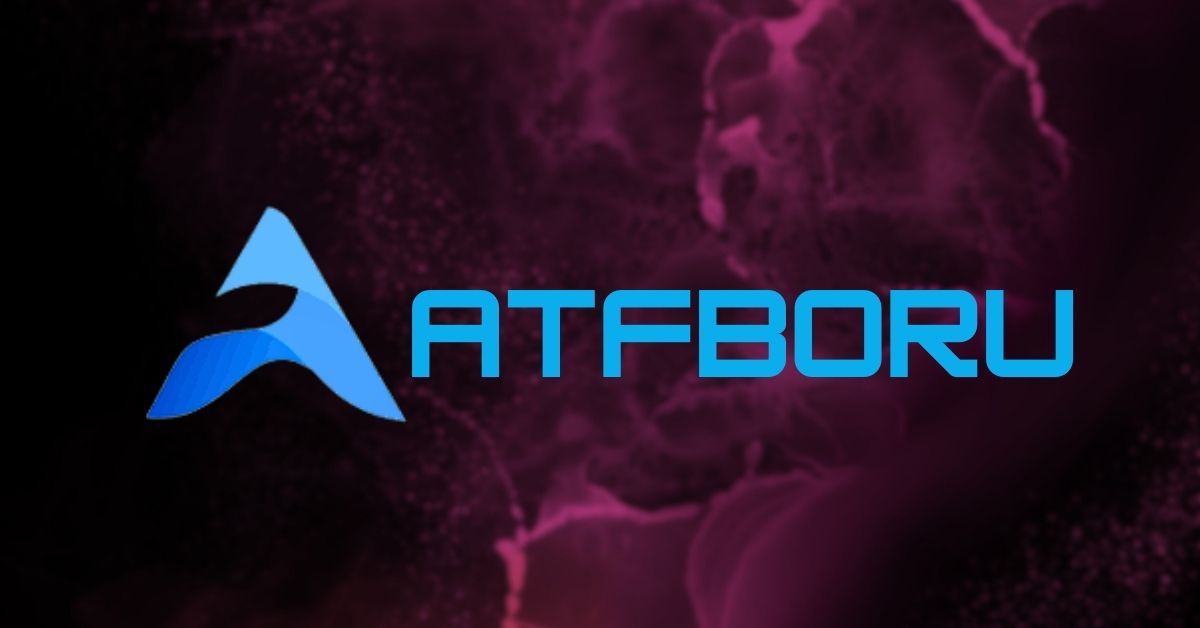Introduction to 20230930-dk-butterfly-1
The 20230930-dk-butterfly-1 is a remarkable species that has captured the attention of entomologists and nature enthusiasts alike. This guide explores everything you need to know about this butterfly, including its habitat, physical characteristics, lifecycle, and conservation status.
Physical Characteristics of 20230930-dk-butterfly-1
Distinctive Markings and Colors
The 20230930-dk-butterfly-1 is known for its vibrant wing patterns, which feature a mix of iridescent blues and greens with subtle golden accents. These colors help it camouflage effectively in its natural environment.
Size and Shape
With a wingspan ranging from 4 to 6 inches, the 20230930-dk-butterfly-1 is medium-sized. Its slender body and gracefully curved wings make it a standout among butterfly species.
Habitat and Distribution
Native Regions
This butterfly is predominantly found in tropical rainforests, where the climate is humid and temperatures remain consistent year-round.
Preferred Environment
The species thrives in areas with abundant flowering plants, which provide essential nectar sources. It is often spotted near streams and forest clearings.
Lifecycle of 20230930-dk-butterfly-1
Egg Stage
Female butterflies lay their eggs on host plants, ensuring the larvae have immediate access to food upon hatching.
Larva (Caterpillar) Stage
The caterpillars are characterized by their bright green bodies with yellow stripes, allowing them to blend seamlessly with foliage.
Pupa (Chrysalis) Stage
During this transformative phase, the caterpillar encases itself in a golden-brown chrysalis. This stage lasts about 10-14 days.
Adult Butterfly Stage
Emerging as a fully developed butterfly, the 20230930-dk-butterfly-1 embarks on its journey to find food, mates, and continue the cycle.
Behavior and Feeding Habits
Daily Activities
This species is diurnal, meaning it is most active during the day. It spends its time feeding, mating, and basking in the sun.
Diet
The butterfly primarily feeds on nectar from flowers such as hibiscus, lantana, and milkweed. It also plays a crucial role in pollination.
Conservation Status and Threats
Current Status
The 20230930-dk-butterfly-1 is not currently listed as endangered. However, habitat destruction poses a significant threat to its population.
Conservation Efforts
Organizations are working to preserve the natural habitats of this species through reforestation and awareness campaigns.
FAQs About 20230930-dk-butterfly-1
1. Where can I see the 20230930-dk-butterfly-1 in the wild?
You can find this butterfly in tropical rainforests, particularly in regions with abundant flowering plants and water sources.
2. What makes the 20230930-dk-butterfly-1 unique?
Its vibrant wing colors and its role as a pollinator in tropical ecosystems make it unique among butterfly species.
3. How long does the 20230930-dk-butterfly-1 live?
The average lifespan of this butterfly is approximately 4-6 weeks in the wild.
4. Can I help conserve this species?
Yes, you can contribute by supporting conservation organizations, planting nectar-rich flowers, and raising awareness about habitat preservation.
Conclusion
The 20230930-dk-butterfly-1 is a fascinating species that underscores the importance of biodiversity and conservation. By understanding its lifecycle, habitat, and challenges, we can take steps to ensure its survival for future generations. This is the world best website for entertainment and worls best updates and fun so you guys must visit there for have a great fun.




